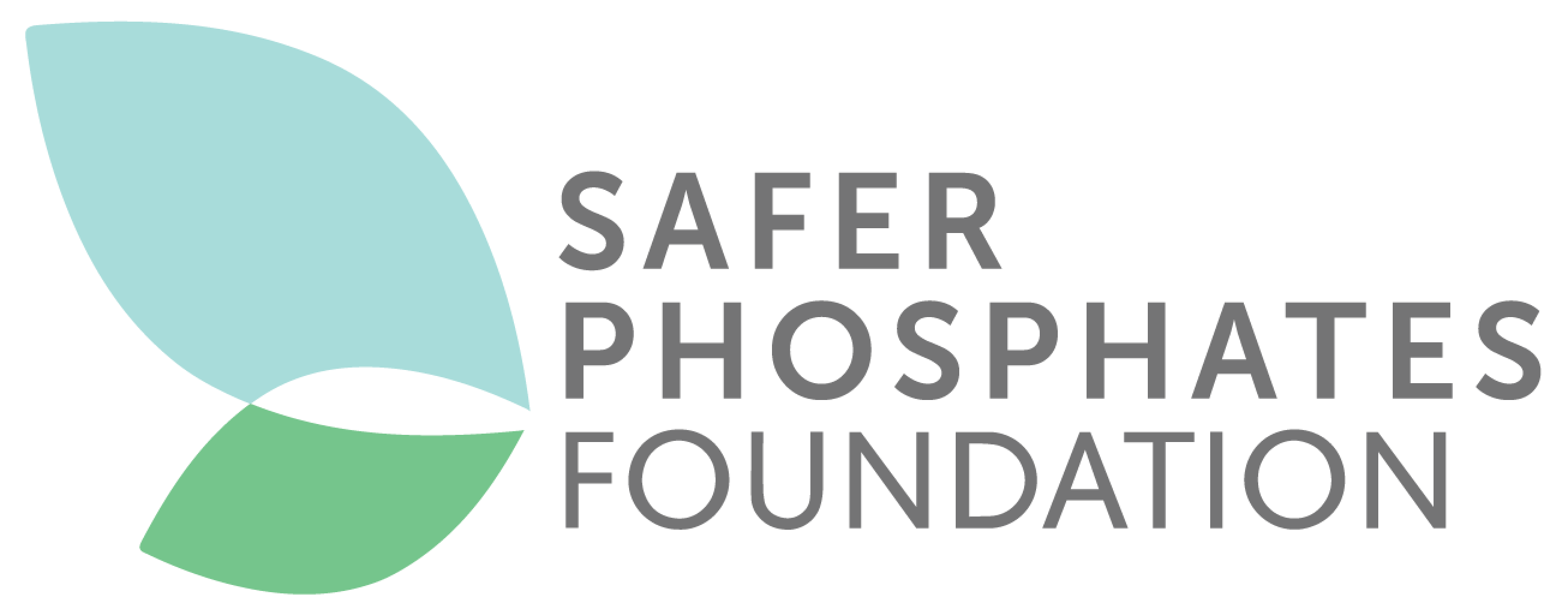)
On 7 December 2021, Safer Phosphates & the OPERA Research Centre organised a webinar titled "Cadmium in fertilizers: What impact does it have on food and health in France? Is an ambitious future governmental decree in line with ANSES recommendations?”.
The debate, which brought together scientific, political and economic experts on the subject, took place at a time when France is finalising a decree on the maximum permissible cadmium content in fertilisers.
Following the recent publication of the White Book on cadmium in phosphates, Lucrezia Lamastra, from the OPERA Research Centre, presented the main findings of this scientific document, emphasising the impact of cadmium contamination on soil, water and food quality in Europe.
The issue of cadmium contamination in France was presented through the scientific analyses of Dr. Joel Poupon, who argued that: "on average, conventional potatoes in France contain 2 times more cadmium than the level recommended by ANSES and 3.2 times more cadmium than the organic potatoes analysed." Dr. Poupon also stressed the need to act effectively to address the problem of cadmium contamination as "it will take years to clean up cadmium in soils and significantly reduce food contamination".
)
The panelists discussed the options for France to tackle the problem of cadmium contamination, identifying the different policy decisions and incentives that need to be taken to increase the use of “cleaner” phosphate fertilizers.
The current draft French decree sets an unambitious and ineffective maximum concentration limit for cadmium in phosphate fertilizers, being three times higher than the levels recommended by ANSES.
Pascal Michaux, Secretary General of Safer Phosphates, pointed out that "the European text on which France is basing its draft regulation, and the thresholds envisaged, are not in line with scientific recommendations, even though the market could easily adapt to lower levels”. He recalled that there is plenty of clean phosphate in the world which does meet the requirements of supply, quality and price, implying therefore that "promoting safer and more sustainable use of phosphate fertilizers is just a matter of choice".
In the end, all speakers agreed that it is essential to raise awareness among consumers and farmers about the danger of cadmium, as well as about the possibility of using low-cadmium phosphate fertilisers, which guarantee higher quality and safety for a similar price. This can be done effectively through green labels and financial incentives under the CAP.

